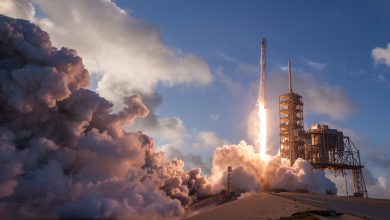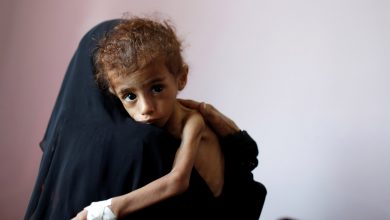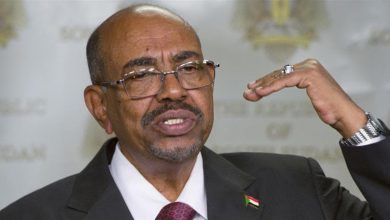Africa and Middle EastAllOngoing
Boundaries: The Western Sahara Conflict
The Western Sahara mainly consists of desert flatlands. The United Nations lists the territory of the Western Sahara as a non-decolonized territory. In the aftermath of the Western Sahara War, The Kingdom of Morocco and The Sahrawi Arab Democratic Republic are fighting over the territory.
Both Morocco and The Sahrawi Arab Democratic Republic claim the rights to the land after The Madrid Accords, when Spain agreed to end its presence in the area. SADR and Morocco control the land. The majority of states recognize SADR as the official government of The Western Sahara. The Arab League is the main supporter of Morocco’s rights to the land. The United Nations does not officially recognize the Western Sahara as a sovereign state ruled by The SADR.
The Origins Of Conflict
The first sign of conflict started when The Polisario Front was founded during the 1970s. The Polisario Front wanted to forcefully end Spanish colonization in the area. Eventually, The Polisario Front gained control of The Western Saharan desert. The Polisario Front developed a reputation as a powerful political force.
The Western Sahara War
The Western Sahara War was the first major battle between Morocco and The Sahrawi Arab Democratic Republic. Tensions ran high, as Spain withdrew from the Spanish Sahara due to the terms of the Madrid Accords. Spain agreed to give control of the area to Morocco and Mauritania. The Polisario Front became angry, as they wanted to see an independent Sahrawi state established in the territory. Backed by their allies Libya and Algeria, The Polisario Front fought back against Morocco and Mauritania. There was a lengthy period of guerrilla warfare. Mauritania withdrew from the war after signing a peace treaty with The Polisario Front. In 1991, Morocco and The Polisario Front agreed to cease fire. There were thousands of casualties on both sides of The Western Sahara war. Thousands of Sahrawi refugees were displaced and put into refugees camps.
The Independence Intifada
The Independence Intifada was another major turning point in The Western Sahara conflict. This period refers to a series of Sahrawi activist demonstrations that occurred in 2005 in the Moroccan controlled parts of Western Sahara. There were protests in Smara, which eventually spread to other parts of Morocco, including Casablanca and Rabat. A few years later, The Gdeim Izik Protest camp was established in Western Sahara. Sahrawis protested their social and economic conditions in the Moroccan Controlled part of Western Sahara. The protests were peaceful at the start, but eventually turned violent, as a few people were killed and buildings throughout the area were burned.
Moroccan Wall
The Moroccan Wall runs through The Western Sahara and Southeast Morocco. The Wall acts as a barrier to separate The Moroccan controlled areas from the areas controlled by The Sahrawi Arab Democratic Republic. The Wall consists of berms along with sand and stone walls. There are also different fences, bunkers, and landmines around it. The primary function of The Moroccan wall is to prevent guerrilla attacks from The Polisario Front. Since the wall was completed, Morocco has established the areas of Western Sahara territory that they own as Southern Provinces.
The Sahrawi Arab Democratic Republic controls The Free Zone, which is made up of the areas to the East of The Wall. Morocco considers the SADR territory to be a buffer zone. The Polisario Front has control of the Sahrawi refuge camps. The United Nations strive to enforce cease fire regulations.



